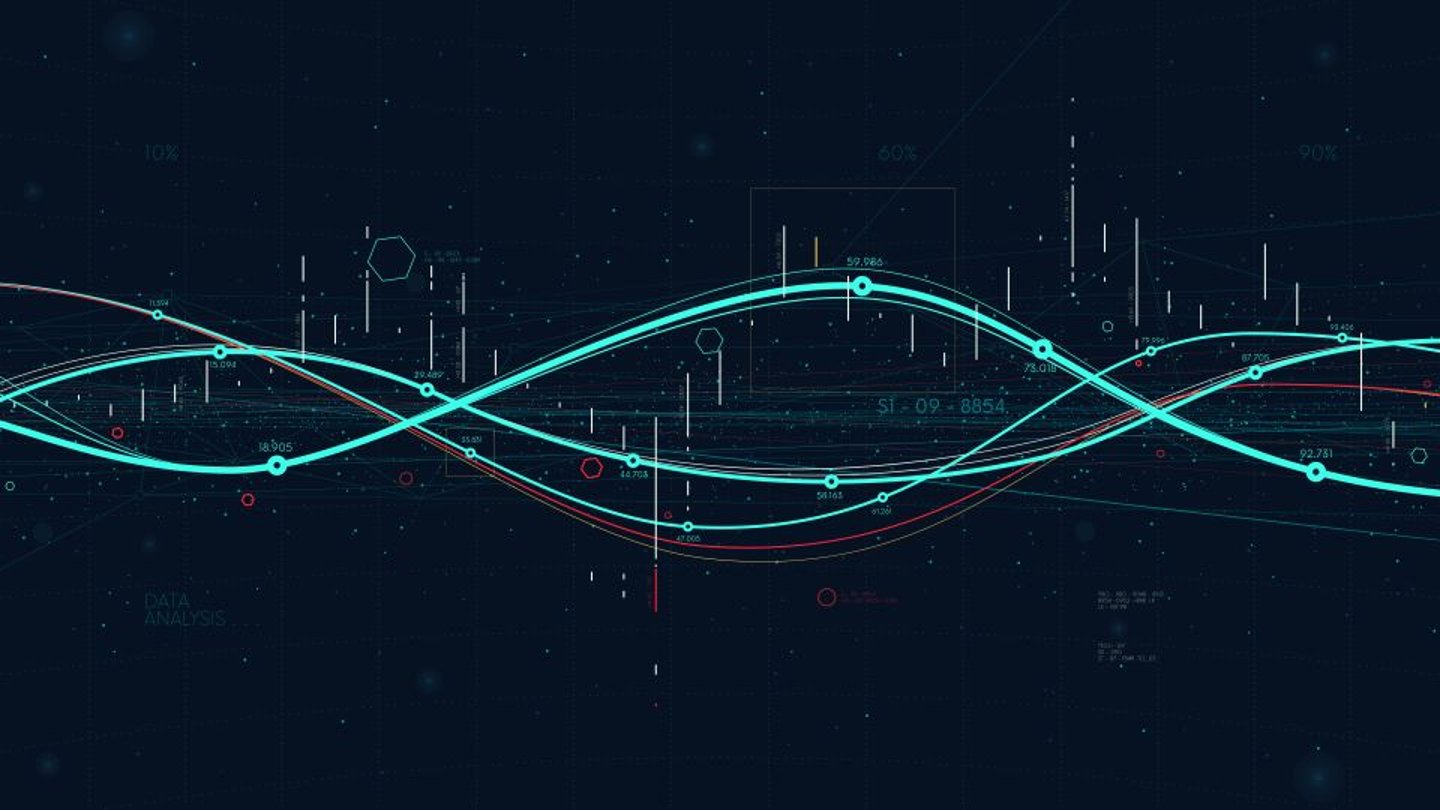Navigating the Changing Tides: The Power of Demand Sensing in the CPG Sea
Imagine being the captain of a ship navigating treacherous, uncharted waters. Your ship carries precious cargo and is constantly at the mercy of the ever-changing sea – much like a consumer packaged goods (CPG) company. Recent years have seen the CPG sea become increasingly turbulent.
The pandemic-led shift in consumer behavior, fragmentation of demand from a spike in e-commerce, and the fragility of supply chains have put CPG players on high alert. Companies find themselves grappling with surplus inventories of unwanted products, misguided distribution efforts, or, worst of all, an inability to meet consumer demands at their peak.
In this unpredictable environment, one word spells the difference between success and disaster: fluidity.
[Also read: Why are There Supply Chain Disruptions?]
For CPG, fluidity embodies the ability to adapt quickly and effectively to changing market conditions. Gleaning this information quickly and efficiently is impossible with the old navigation techniques relying on historical data. What you need is demand sensing — a method that fuses intelligent automation and predictive analytics to understand market trends and consumer desires in real time.
Charting the Course With Demand Sensing
Just as a seasoned sailor reads the ocean, interpreting the weather and predicting the upcoming waves with a high degree of accuracy, demand sensing provides a real-time snapshot of the market. Publicized as a “prerequisite for an agile supply chain response” by Gartner, demand sensing can improve forecast accuracy by 15-40% and lead to a 10% growth in sales.
Demand sensing harnesses a combination of artificial intelligence-backed sensing and predictive analytics, along with human-directed learning and customization, to decipher market trends and consumer wants. These valuable insights then shape decisions about inventory, distribution, sales, and other aspects of the supply chain.
Today, responding to demand in real-time has become possible perhaps for the first time ever. Armed with the information on where, when, and what products consumers will buy, CPG players can fluidly change tactics and execution plans, activating their value networks to ebb and sway with the demand.
Tales from the High Seas: Real-Life Navigators
A global clothing company used a cognitive, connected demand sensing platform to gain real-time visibility into its wholesaler network. It connected multiple wholesalers globally, automated sell-out data acquisition, and delivered timely, trustworthy, and actionable data for insights.
Over the first six weeks, 20-plus partners were onboarded with over 90% of data visibility at 99% accuracy from all partners. This helped them improve demand forecasting, compliance reporting, and quickly respond to changing market trends.
Another story is that of a global sports merchandise giant. Much like our clothing company, this business was sailing blind with limited visibility into partner sell-out data. They wanted to drive better partner buying for each sales season and improve inventory and stock replenishment efficiencies.
- What products/SKUs should we stock at each partner store?
- What would be the optimal quality?
- Are our promotional campaigns effective?
- How can we maximize promotions in near real-time?
There were just some questions they couldn’t answer without the right data. An intuitive, intelligent demand sensing platform connected 2.5M-plus retail outlets in 130-plus countries, automating sell-out data acquisition, validation, cleansing, and harmonization. The sports merchandiser was able to get sales and inventory data in less than 5 hours – a speed that transformed their demand planning.
An Approach to Navigating Your Ship
To build a true picture of demand, you need to:
-
Plot Your Course With Data: From sales and channel data to competitor promotions, macroeconomic data, and even the weather, use data to achieve near real-time visibility of demand. This gives you an accurate picture of where, when, and what products consumers will buy. However, getting this data in a fragmented network of distributors has been the biggest challenge for CPG players. In fact, only about 13% of companies have a fully mapped supply chain network; 71% have almost nil visibility beyond Tier-2. Disparate data and technology systems and the high manual effort required to get the data and make it usable for insights have been some of the key challenges to real-time visibility. However, today intelligent technology platforms can automate this data collection to accelerate demand sensing.
- Use Your Sextant - Advanced Analytics: Predictive analytics can help reduce supply chain latency as demand planners respond to what's happening on the shelves right now rather than yesterday's prediction.
- Adjusting the Sails With Autonomous Planning: Demand sensing, paired with autonomous planning, can lead to an integrated, end-to-end supply chain operation. With real-time, autonomous planning, changes in demand are automatically factored into all processes and decisions along the supply chain, from inventory and production planning to raw-material procurement.
This perfect harmony between demand sensing and autonomous supply chain planning holds tremendous benefits. McKinsey found that autonomous planning can increase revenues by up to 4%, reduce inventory by up to 20%, and decrease supply chain costs by up to 10%.
As you prepare to deploy demand sensing, remember that the navigation tool isn’t enough to sail the stormy seas. You need a resilient vessel — scalable technology, and a skilled crew to navigate successfully. The fluidity of action is not going to be a one-time journey but a continuous voyage of optimization, one that includes process redesign, intelligent automation, and talent transformation.
So, are you ready to set sail?
—Sateesh Seetharamiah, CEO, Edge Platform, EdgeVerve




